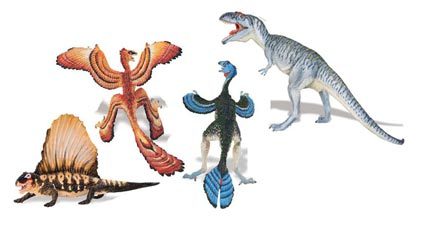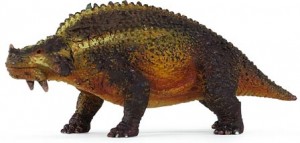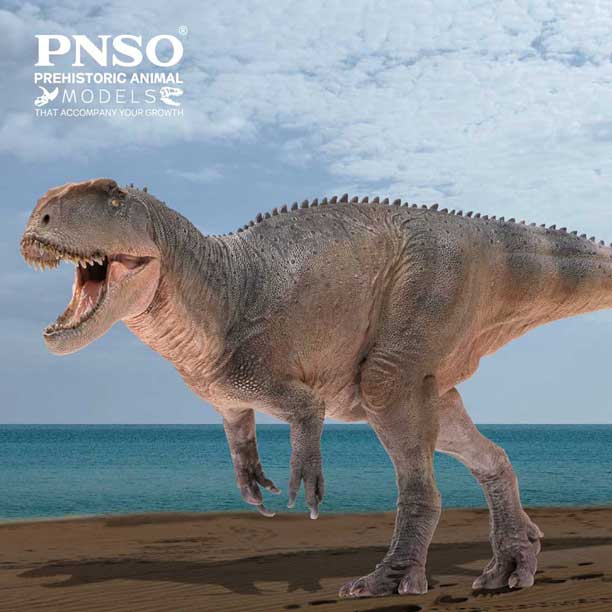Back to the Trees – Evidence of Earliest Tree Dwelling Vertebrate
Late Permian Fossil shows evidence of Adaptations to an Arboreal Habitat
A new paper in the scientific publication of the Royal Society journal Proceedings Biology, describes a strange ancestor of mammals that may have lived in the trees. This is the first evidence from the fossil record of a vertebrate adapting to an arboreal lifestyle. It also reveals a change in the eco-systems of the Palaeozoic with land animals adapting to and exploiting new food sources, such as leaves in the branches of trees.
Tree Dwelling Vertebrate
The paper describes the articulated fossils and skull material of a primitive synapsid reptile. The fossils of several individuals, including mature adults as well as juveniles were discovered in a single block of red mudstone discovered in central Russia’s Kirov region. The long limbs and grasping hands of this 50 cm long animal seem perfectly suited to climbing trees. The scientists have even found evidence of an “opposable thumb”, a particular adaptation of a digit to permit it to grasp and help the hand or foot to hold things, such as the branches of a tree.
The animal has been named Suminia getmanovi and the evolutionary changes that the fossils show allowed these animals to forage for food in tree branches, away from the fierce crocodilian-like predators and pelycosaurs that roamed on the ground.
In photographs of the fossil the animal is lying with the head towards the right, the long humerus and the elongated fingers can clearly be seen .
Excavating a Mudstone Block
The mudstone block containing the fossils, perhaps a group of animals that had drowned in a flash flood was discovered in 1994, but only recently have all the skeletons been available for close examination.
The team of researchers from the Field Museum in Chicago led by lead author Dr Jorg Frobisch have claimed that this is the earliest fossil evidence of a vertebrate adapting to a life in the trees, some 100 million years before the first true mammals.
Commenting on the anatomical features of this little reptile that helped it climb trees; Dr Frobisch stated:
“The hands and feet made up almost half of the length of its whole limb. That’s humungous, if you compare it to your own arm”.
The large manus (hand) ended in long, slender and curved fingers, ideal for climbing. The fingers probably had claws helping this small creature to grip as it clambered up tree trunks.
Dr Frobisch explained:
“In life these probably would have been covered in a hard, keratinous coating, much like in modern-day birds, these would have helped the animal climb”.
Adapted to Climbing
But the most significant observation the team made was that one finger on each hand and foot was “opposed” to the rest, much like a thumb. Such an adaptation can be seen in our own thumbs, part of the tree climbing ancestry of humans.
Commentating on the importance of their discovery, Dr Frobisch added:
“It’s the first time in the fossil record that we’ve seen evidence of an opposable thumb”.
Between the time when Suminia lived, and the period to which fossils of the earliest-known tree-dwelling mammals have been dated, there is a gap of about 100 million years.
Simon Conway Morris, a palaeobiologist from the University of Cambridge added:
“In this case a vertebrate, specifically a synapsid – from which the mammals themselves emerged – was ahead of the game of climbing trees. In fact it was about 30 million years ahead of schedule”.
Visit Everything Dinosaur’s website: Everything Dinosaur.












